A poll is added on top of Thread: Please vote (available while browsing on computer only)
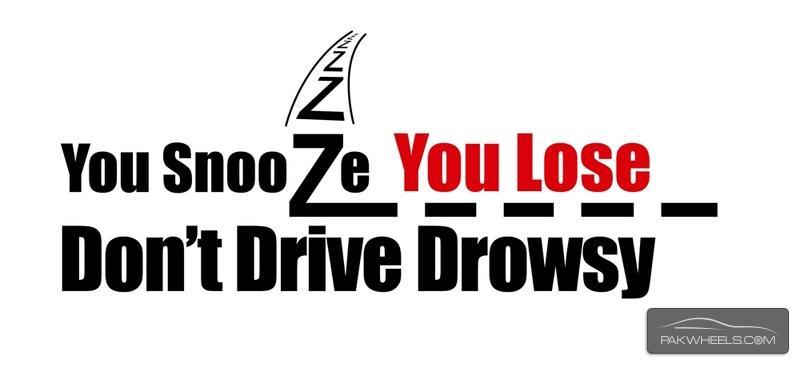
Every one of us who drives will agree that we often feel drowsy while driving. Especially early morning hours, afternoon commuting or late night being on the wheel. The fact is that drowsy driving is one major cause of various road accidents and fatalities. The fatalities or injuries can increase by many folds if the drowsy driver is a commercial bus driver. Drowsiness is not just associated with late night driving. It can attack you any time of day. So if you think you can't get drowsy; you are making a big mistake.
We all are not very good in gauging our sleepiness. We over estimate our abilities and all together underestimate our fatigue. If you are driving at night the repeated sounds and sights can bring drowsiness very quickly. The initial phase of sleep, Stage 1, is actually a transitional period between sleep and waking. You can be in Stage 1 sleep and feel as though you've been awake. But during this phase, brain waves are slowing, and the body is relaxing in preparation for deeper sleep. Being sleep deprived reduces you driving skill performance and slows reaction times, rather just not even realizing to make a necessary function.
I found the following information very important and helpful. (Credit to Drowsy Driving ? Stay Alert, Arrive Alive )
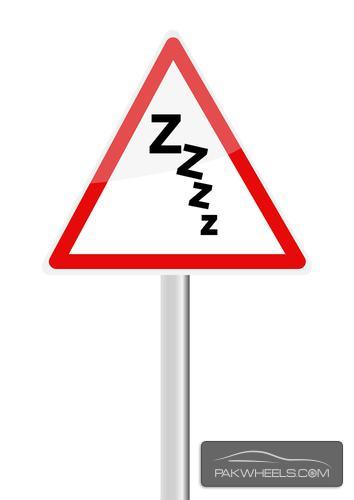
Warning signs ?driving while drowsy??
Most people cannot tell when they are falling asleep while driving. Here are some signs that should tell a driver to stop and rest:
* Difficulty focusing, frequent blinking, or heavy eyelids.
* Daydreaming; wandering/disconnected thoughts.
* Trouble remembering the last few miles driven; missing exits or traffic signs
* Yawning repeatedly or rubbing your eyes.
* Trouble keeping your head up.
* Drifting from your lane, tailgating, or hitting a shoulder rumble strip.
* Feeling restless and irritable.
Are You at Risk?
Before you drive, check to see if you are:
* Sleep-deprived or fatigued (6 hours of sleep or less triples your risk)
* Suffering from sleep loss (insomnia), poor quality sleep, or a sleep debt.
* Driving long distances without proper rest breaks.
* Driving through the night, mid-afternoon or when you would normally be asleep
* Taking sedating medications (antidepressants, cold tablets, antihistamines)
* Working more than 60 hours a week (increases your risk by 40%)
* Working more than one job and your main job involves shift work
* Drinking even small amounts of alcohol/ taking any sedative medications and using any drugs.
* Driving alone or on a long, rural, dark or boring road.
Specific At-Risk Groups;
According to a survey. The risk of having a crash due to drowsy driving is not uniformly distributed across the population.
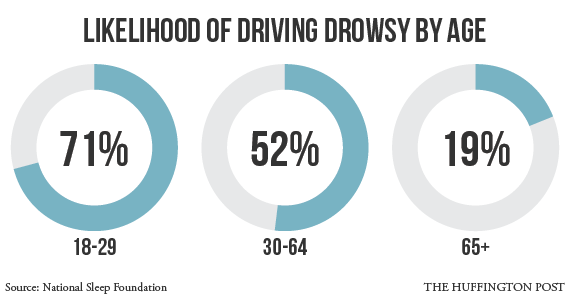

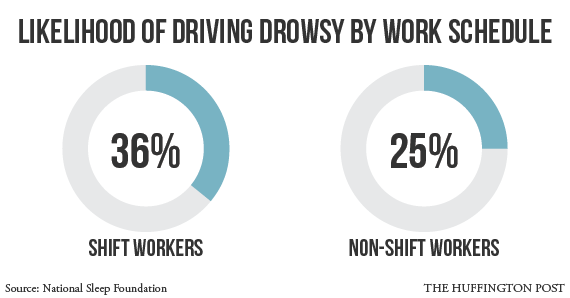
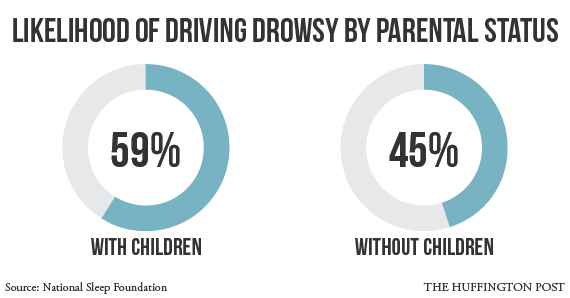
Adequate Sleep and Planning
Before hitting the road, drivers should:
* Get a good night?s sleep. While this varies from individual to individual, sleep experts recommend between 7-9 hours of sleep per night for adults and 8 1/2-9 1/2 for teens.
* Plan to drive long trips with a companion. Passengers can help look for early warning signs of fatigue or switch drivers when needed. Passengers should stay awake to talk to the driver.
* Schedule regular stops, every 100 miles/150KM or two hours.
* Avoid alcohol and medications (over-the-counter and prescribed) that may impair performance. Alcohol interacts with fatigue, increasing its effects ; just like drinking on an empty stomach.
* Consult physicians for diagnosis and treatment if suffer frequent daytime sleepiness, often have difficulty sleeping at night, and/or snore loudly every night.
DRIVE SAFE! DEAR PAK-WHEELERS!

